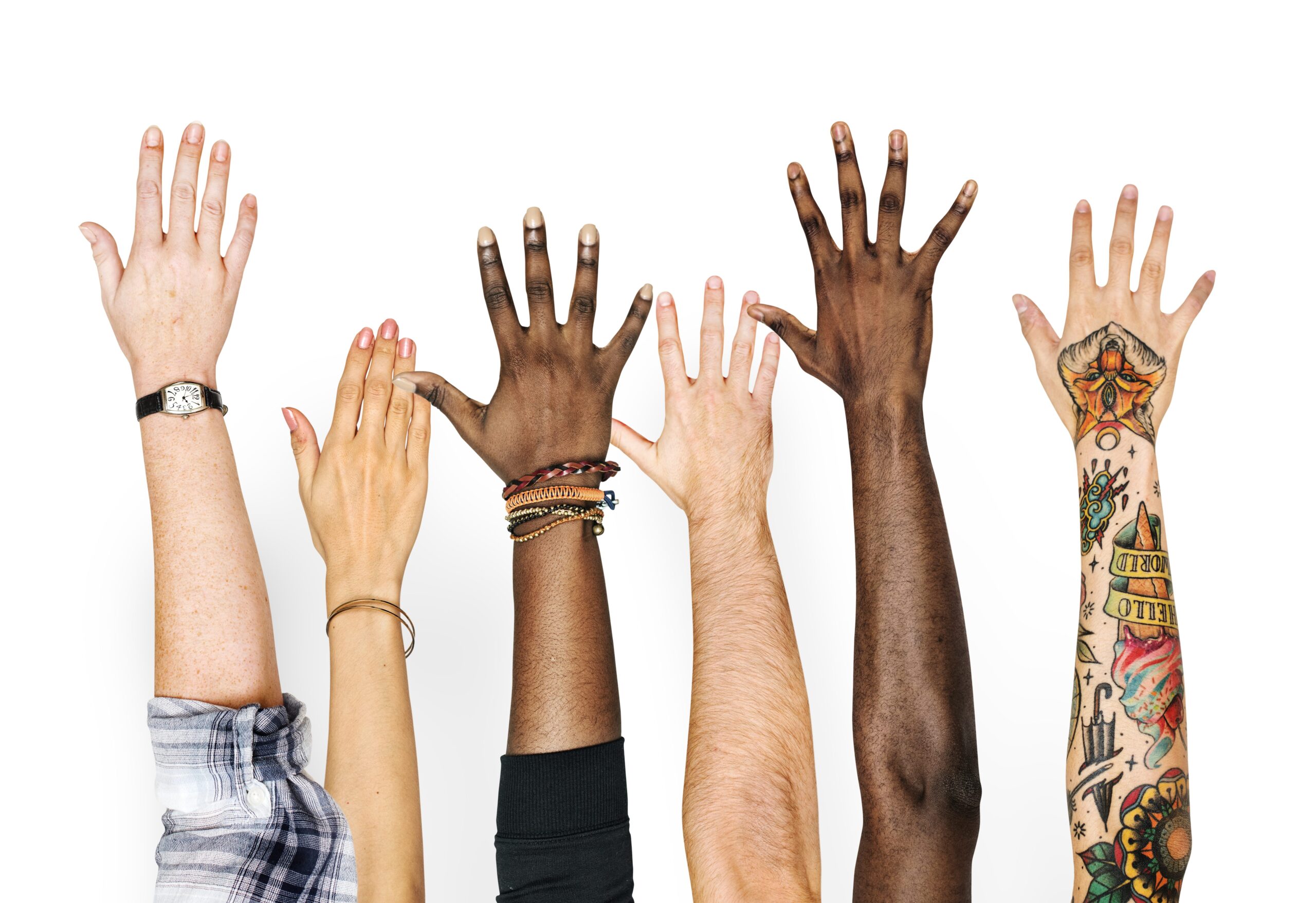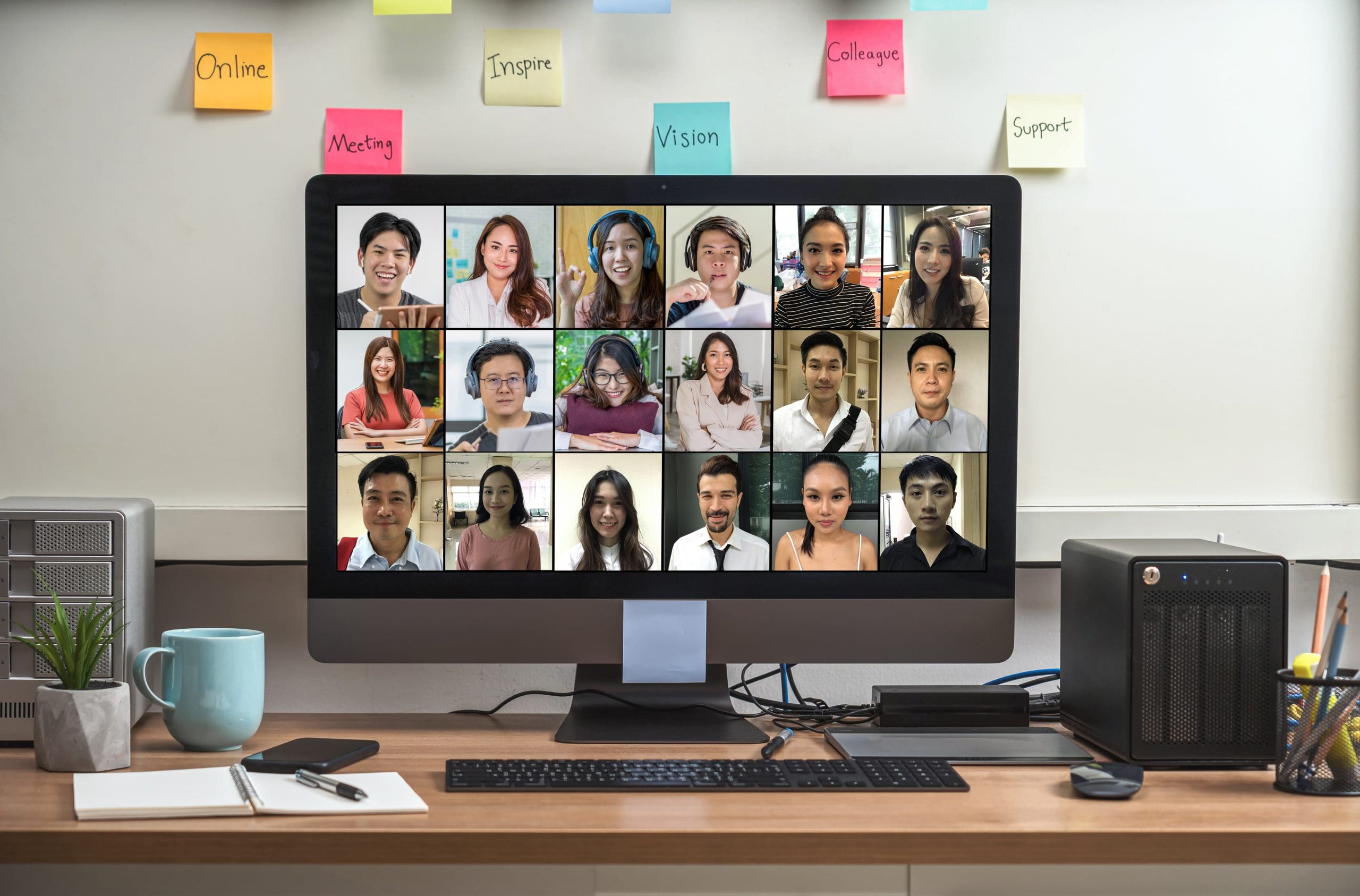The skills gap is a term regularly voiced throughout the world of business and commerce, but without ever truly being addressed. Rapid technological advances, when twinned with other external variables such as a global pandemic, have led to a fissure opening up between the skills of the workforce available to employers, and the skills those employers now need.
How do we bridge that gap, though, and how can we encourage a greater wealth of diversity within talent recruitment, particularly for small businesses and SMEs?
Narrowing the skills gap
According to a recent report by McKinsey Accelerate, a staggering 87% of businesses expect to see skills gaps open up within their organisation over the next few years. Clearly, then, something needs doing. For small businesses and SMEs to successfully narrow the skills gap, moving forward, several things are required.

Firstly, it’s important for businesses to look at their existing workforce and see if improvements can be cultivated therein. Offering digital training and more flexible, fluid career pathways are both ways in which an iterative, ongoing training culture can be developed within small companies and SMEs.
Flexible working is a key way to not only attract new talent, but to ensure good people are retained within a business. With many employees having worked remotely during the pandemic, more and more companies are offering flexible and dynamic working arrangements to suit the lifestyles of their employees – whilst ensuring business productivity remains high. This can be in the form of flexible hours, working from home options or even the option to buy and sell holidays. These flexible benefits packages allow employees to choose the benefits that best suit their individual needs and it is increasingly becoming the norm for many businesses across the UK.
Another solution lies in further education, and specifically, creating more seamless, integrated pathways from education into employment. Traditionally, education was solely academically focused, then more vocational opportunities such as apprenticeships were introduced to fill the physical skills shortage – mechanics, plumbers, carpenters, and so on.
Now, though, in this modern age, we’re met with the need for more technological and analytical skills. The recent introduction of degree apprenticeships – which combine both the academic study of conventional university training with on-the-job work experience – is a good start in preparing tomorrow’s workforce with the skills needed for the modern workplace.
Improving inherent diversity
Improving diversity in talent recruitment is clearly the gateway to establishing a more diverse workplace and workplace culture, overall. It’s on employers to seek out a more diverse range of applicants, whether that be racial, gender or sexuality-based diversity. To do so, there are several key things employers should be looking to do (if they’re not already). These include:
Revisit and, if necessary, revise your job advertisements. As an SME, if you’re putting out formulaic and bland job advertisements, then don’t be surprised when the applications you receive are equally uninspired. To attract diverse talent, you need to do exactly that – attract them.

Examine unconscious biases within the recruitment team. Whether we like to admit it or not, we all carry unconscious biases; these may be related to age, gender, weight, race and any other number of factors. Helping your recruitment team understand and unpick their own unconscious biases will mean they’re less likely to influence them during the recruiting process. This, in turn, means that recruitment becomes as close as possible to being purely skill/talent-based, which is exactly how it should be. And when that’s the case, you’ll find you naturally end up with a more diverse workforce.
Improving acquired diversity
A diverse workplace doesn’t just refer to inherent traits such as race and gender, however – although this is obviously an integral part of it – it also refers to diversity on a broader level; in this instance, we’re referring to the idea of what’s known as acquired diversity.
Acquired diversity refers to traits and skills ‘acquired’ through experience; a good example of this would be an increased understanding of cultural and differences/nuances that stem from having worked in many other countries.
Talent acquisition through diversity
Talent acquisition is core to your workforce development and one that will only be achieved through diversity. A truly diverse workforce is one that recognises and incorporates both inherent and acquired diversity as keystones of their recruitment policies.
At the Bedfordshire Chamber of Commerce, we are continually looking at ways we can better incentivise and support businesses to invest in recruitment and the development of its people. We work with our members to help them identify, articulate and plan their skills needs.
To find out more about the work we are doing to fill the skills gap and how we can support you, contact us at info@chamber-business.com

CEO
Bedfordshire Chamber of Commerce













